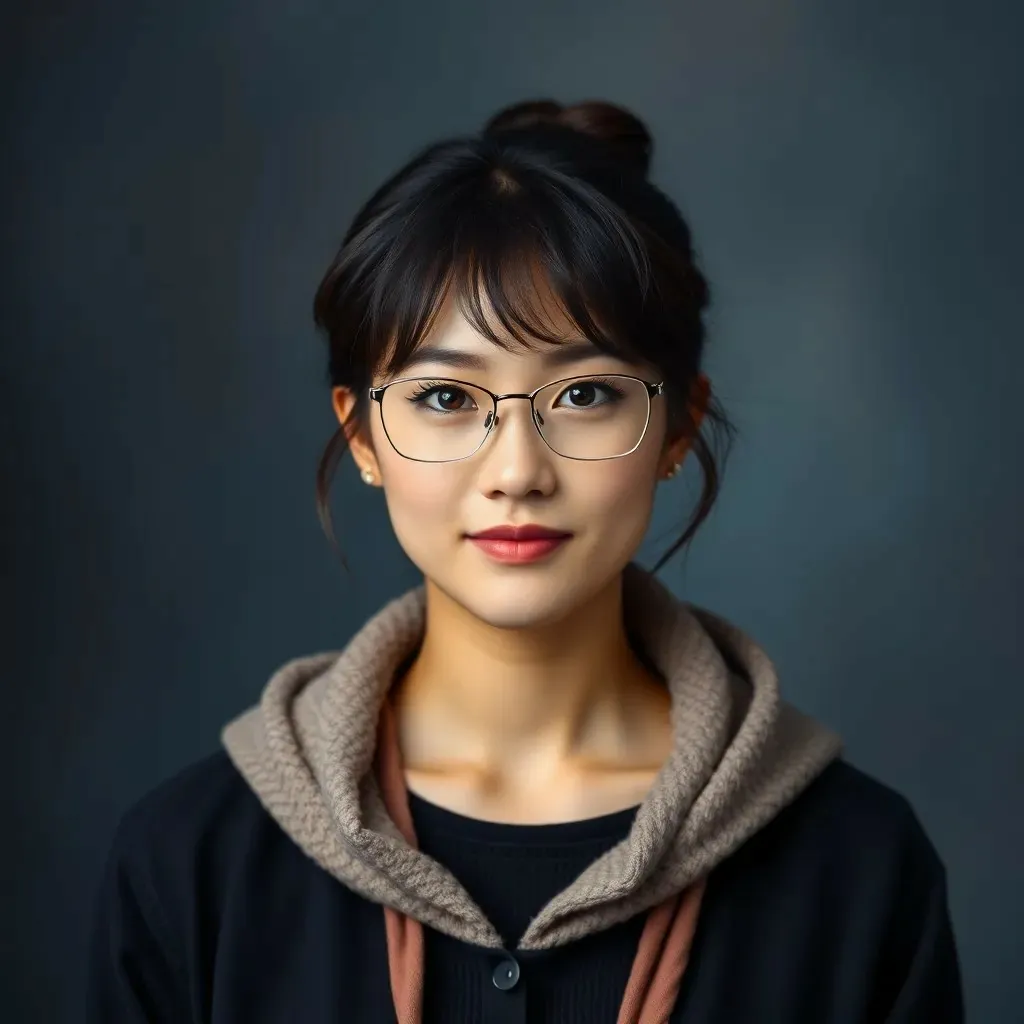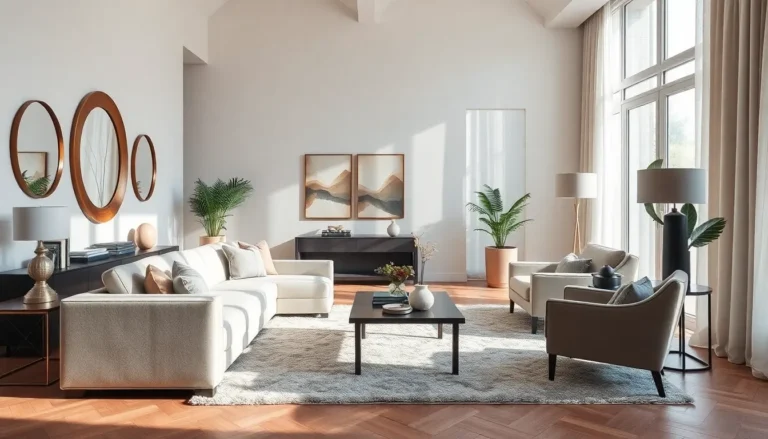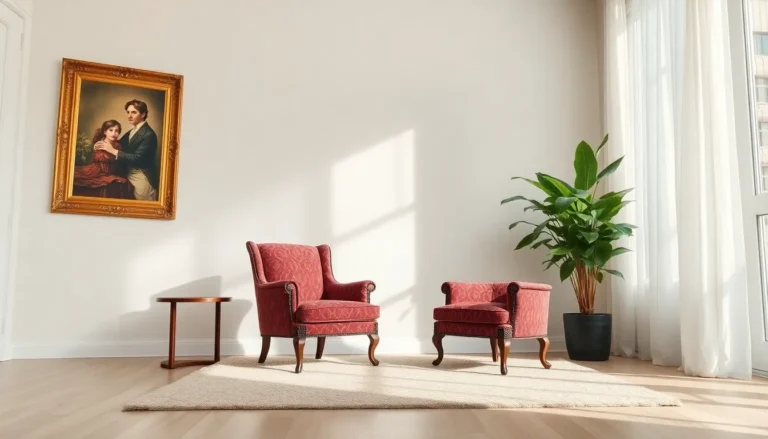In a world where design can make or break a product, understanding the magic of design synergies is essential. Imagine combining the elegance of a sleek interface with the functionality of a Swiss Army knife. It’s like pairing peanut butter with chocolate—both are great alone, but together they create something extraordinary.
Design synergies aren’t just about aesthetics; they’re about creating seamless experiences that keep users coming back for more. When different design elements work together harmoniously, they elevate a project from mediocre to magnificent. So, buckle up as we explore how to harness these synergies and transform your design game. After all, who wouldn’t want their work to be the design equivalent of a blockbuster hit?
Table of Contents
ToggleOverview of Design Synergies
Design synergies play a crucial role in developing products that resonate with users. This section explores their definition and significance in contemporary design practices.
Definition of Design Synergies
Design synergies refer to the harmonious integration of diverse design elements that enhance overall functionality and aesthetics. These elements can span multiple disciplines, including graphic design, industrial design, and user experience design. By blending different styles, technologies, and concepts, designers create cohesive products that not only appeal visually but also perform efficiently.
Importance of Design Synergies in Modern Design
Modern design increasingly relies on design synergies to achieve remarkable outcomes. Users expect seamless interactions and immersive experiences across various platforms. When designers unify multiple elements, they amplify creativity and innovation, resulting in products that stand out in competitive markets. Collaboration among disciplines promotes fresh ideas, leading to solutions that solve complex problems effectively. Embracing design synergies ensures that products can adapt and evolve, meeting changing user needs.
Examples of Design Synergies

Design synergies manifest through various successful applications that demonstrate the power of integrated design elements. Noteworthy case studies illustrate how combining different disciplines can achieve remarkable results.
Successful Case Studies
Airbnb exemplifies design synergies by integrating user experience and visual elements effectively. The platform merges clear imagery with intuitive navigation, enhancing the overall experience for travelers. Apple’s product line showcases synergy through seamless integration of industrial and graphic design, creating cohesive and aesthetically pleasing devices. Another example is Tesla, where automotive design blends software user interfaces with engineering, redefining the electric vehicle experience. Each case demonstrates that thoughtful collaboration leads to impressive outcomes, driving engagement and satisfaction.
Innovative Applications
In the realm of healthcare, wearable devices illustrate innovative design synergies. These gadgets combine technology and fashion, allowing users to track health metrics stylishly. Home automation systems integrate various design disciplines, enhancing user convenience and energy efficiency through intuitive interfaces. Additionally, marketing campaigns often blend graphic design with storytelling, creating memorable brand experiences. Each application highlights how unifying diverse elements can lead to innovative solutions that resonate with users. Attention to detail in these examples highlights the importance of synergy in designs across industries.
Benefits of Implementing Design Synergies
Design synergies offer several advantages that significantly enhance the overall outcome of projects. Integrating various design elements improves creativity and boosts efficiency across multiple platforms.
Enhanced Creativity
Creative solutions emerge through the seamless blending of different design disciplines. By encouraging collaboration among graphic designers, industrial designers, and user experience specialists, teams generate innovative ideas that stand out. Inspiration often stems from diverse viewpoints, which leads to unique approaches and solutions. For example, a group working on a tech product can utilize input from both visual designers and engineers. This combination results in a product that not only looks appealing but functions intuitively. The creative potential multiplies when teams merge their expertise, driving exceptional outcomes that resonate with users.
Improved Efficiency
Efficiency benefits arise from the collaborative efforts associated with design synergies. Teams that integrate multiple design aspects streamline processes, saving time and resources. When designers align their goals and work towards a unified vision, they eliminate redundancy and miscommunication. Projects progress smoothly as everyone shares insights and feedback actively. For instance, user feedback can inform both aesthetic choices and functional features simultaneously, allowing for quicker iterations. This approach reduces the time spent on revisions and enhances overall productivity. Effective collaboration across design disciplines leads to faster project completions and increased satisfaction for both teams and clients.
Challenges in Achieving Design Synergies
Achieving design synergies presents several challenges that can hinder collaboration and innovation. Communication barriers often arise when teams lack clear channels for sharing ideas. Misunderstandings can occur if terminology varies across disciplines. Designers benefit from establishing a common language to facilitate discussions. Regular meetings and brainstorming sessions can also improve dialogue and align goals among team members.
Resource constraints frequently impact design projects. Limited budgets can restrict access to necessary tools and technologies. Teams may struggle to find adequate time for collaboration, especially under tight deadlines. Lack of available talent can further impede progress if specialized skills are needed. Optimizing resource allocation becomes essential to navigate these challenges effectively, enabling teams to implement desired design synergies.
Design synergies represent a powerful approach to elevating products and user experiences. By harmonizing diverse design elements, teams can create solutions that not only meet user expectations but also stand out in competitive markets. The collaboration among different design disciplines fosters innovation and efficiency, leading to exceptional outcomes.
While challenges exist, such as communication barriers and resource constraints, overcoming these obstacles is crucial for successful integration. By establishing a common language and promoting open dialogue, teams can unlock the full potential of design synergies. Embracing this collaborative mindset will ultimately lead to products that resonate with users and drive engagement, setting the stage for future advancements in design.








